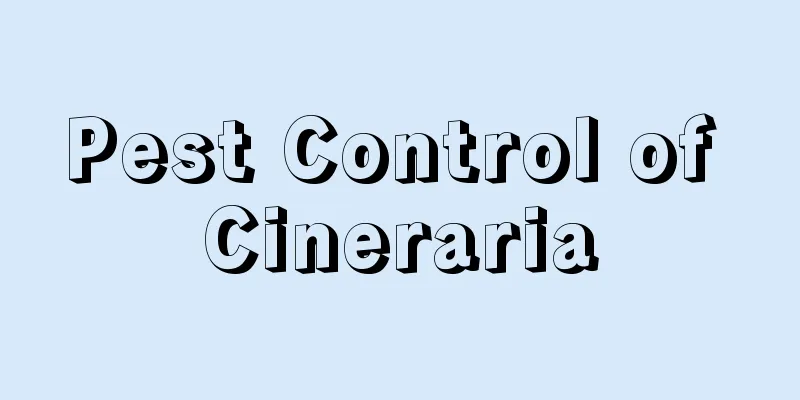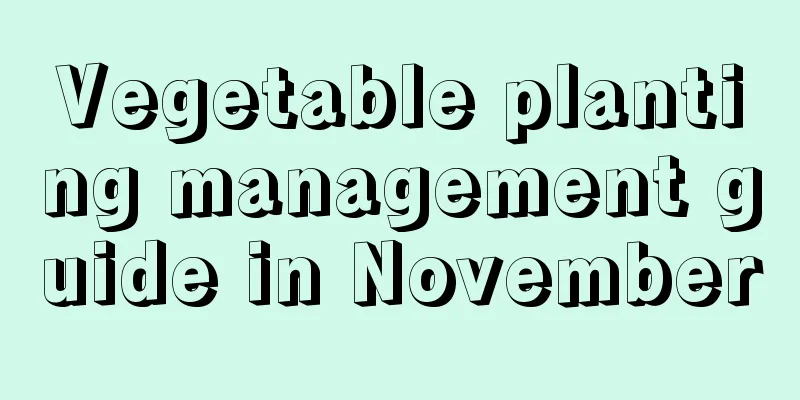Pest Control of Cineraria

Red SpiderharmThe damage caused by red spider mites to cineraria begins in March, when the temperature in the greenhouse is dry. Female adults that have overwintered begin to feed and lay eggs at this time. They usually cause damage around the main veins on the back of the leaves. Small white spots of chlorosis can initially be seen on the front of the affected leaves, which gradually turn red, and a silk screen appears on the back of the leaves. The affected leaves will eventually fall off. Prevention and treatment methods1. The earliest prevention should be in winter. Ensure the environment around the cineraria is clean, remove weeds and fallen leaves in time, check the potting soil, and eliminate the source of overwintering insects. 2. During the period of insect pests, if the cineraria has not yet budded and bloomed, you can spray it with 2000 times 40% trichlorodicofol emulsion or 1000 times 40% omethoate solution once every 7 days, for a total of 2-3 times, for better results. 3. If the cineraria has buds and flowers, try not to spray pesticides to avoid flower sensitivity. In addition to spraying water on the leaves or using chewing gum to remove insects, you can also use the extract of some natural plants such as garlic, onion, and peppercorns, which are mashed and soaked in water for several days, mixed with an appropriate amount of neutral laundry detergent for spraying. aphidharmAphids are small and reproduce quickly. They often gather on the back of leaves and tender stems of Cineraria to suck sap and cause damage. The affected leaves turn yellow and curl and shrink toward the back. Generally, in years with mild winters, early spring warming and even rainfall, damage begins in March. Prevention and treatment methods1. Because aphids overwinter as eggs on cineraria, after checking the plants in winter, spray the plants with 5-degree Baume lime sulfur to eliminate overwintering eggs. 2. During the aphid infestation period, spray 40% omethoate at 1200-2000 times or 40% acephate at 1000 times. To avoid drug damage during the flowering period, you can also use plant-based agents such as 3% natural pyrethrin, 25% dervine essence, and 40% nicotine sulfate, all of which can be diluted to 1000-1500 times. Tussock mothharmThe main damage to cineraria by gypsophila moths is their larvae, which are often called gypsophila caterpillars. Early-stage larvae gather in groups to cause damage, eating the leaf flesh and leaving the epidermis behind, resembling a skylight. Slightly larger poisonous caterpillars cause damage in a scattered manner, biting the leaves into notches and holes. The entire plant is affected starting with the larger lower leaves. The peak period of insect pests is usually in April, when the temperature in the greenhouse is stable at around 20℃. Prevention and treatment methodsIf drug control is adopted, 1000 times diluted 50% cypermethrin or 50% phoxim can be sprayed. However, the cineraria is usually in bloom at this time, so manual capture is the safest option. It is worth noting that caterpillars are poisonous to human skin and can cause dermatitis, so you must wear gloves and use tweezers to catch them to prevent them. |
>>: Pomegranate flower pests and control methods
Recommend
Why can't you grow pumpkins at home? Is there any Feng Shui taboo in growing pumpkins at home?
Pumpkin is a common vegetable. Many people choose...
How to drink forget-me-not tea more healthily?
Don't forget the rose tea Take 10 grams each ...
How to breed Maiden Heart and what to pay attention to
How to reproduce the maiden heart The ways to pro...
How to grow Venus Flytrap so that it will bloom out of the pot?
The Venus flytrap is a perennial herb native to N...
How does Kalanchoe survive the winter? Can it be fertilized?
1. How does Kalanchoe survive the winter? 1. Incr...
How to care for and water the lucky tree in winter?
As a popular indoor foliage plant, the lucky tree...
What is the reason for the yellowing of the leaves of the water-grown spider plant? Why do the leaf tips of the water-grown spider plant wither?
1. What is the reason for the yellowing of leaves...
How to propagate gardenia by cuttings
Illustration The first step is to prepare the mat...
How to cultivate pickerel grass
1. Ensure lighting It likes light very much and n...
What vegetables to plant in September
1. Chrysanthemum Chrysanthemum is suitable for pl...
How to fertilize Begonia chinensis
1. Add basal fertilizer when planting When planti...
Reasons and solutions for Milan not blooming
Milan is known for its rich floral scent, and jus...
How to grow and care for the succulent Guanghan Palace
The succulent Guanghan Palace is very easy to gro...
How to divide the Avalokitesvara yinensis
Why is it suitable for division? We all know that...
Cultivation methods and precautions of shrimp flower
Shrimp Flower is relatively easy to grow. It like...









